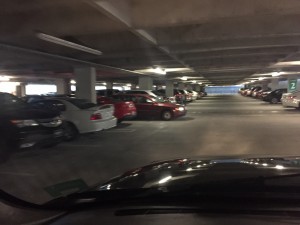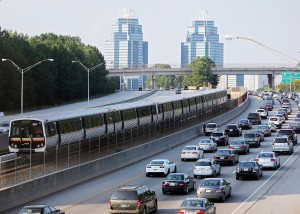Reading Summary #5: Emily Bazelon – “Making Bathrooms More Accommodating”
Historically, the world has always been a place that has been tailored to accommodating the male gender. We were simply put here to work, make money, and have a woman to support us in almost every other aspect of life. Now, more than ever, this is changing drastically. Woman, finally, have equal rights, and are on the verge of being treated exactly the same way as men always have been. The article by Emily Bazelon takes this a bit further and introduces our necessity to treat men, woman, AND non-gender identifying individuals the same way, in particular accommodating then in their needs of acceptance in the bathroom and other physical areas that are historically looked upon with no sort of grey area.
This article begins by noting that bathroom signage is the clearest visual marker of sexual difference. It is slowly being accepted to allow girls who identify as male to join male teams but allowing them in the male bathroom is another entirely different issue at hand (Bazelon lines 21-25). The main word used in this clear and apparent act of separation is “accommodation”. It stems from our early stages of civil rights movements, to allow African Americans to sit anywhere they please on a bus or use any water fountain/bathroom they deserve.
I believe the strongest statement made in this article is by, Mara Keisling, Co-Founder and Director of the national Center for Transgender Equality, and she summarizes her point that in order to have a civil society, it must start with accommodation. This was immediately interpreted by Bazelon that it is not the people who identify as strictly male or female due to our physical makeup/chromosomes but the non-gender identifying people that are forced to use the bathrooms pre-designated by society’s norms that have been doing the accommodation this whole time.
In summary, this article is wording perfectly, in my opinion. It takes a completely historical concept of gender separation and opens the world’s eyes up into the necessity to accept change in something that we never knew of in the past. People don’t choose to identify with the other sex; the same as someone cannot chose whom they fall in love with whether it’s hetero or homosexually. We must be forced to accept, or accommodate, differences in the world. Lastly, I think the article did lack a few chances of points of view from the opposing end. Although, it has many references from non-gender identifying people, I feel that a strong quote or approval from a gender specific adolescence could have really driven the point home in our ability to adapt to this fairly new concept of transgender or non-gender identifying humans.














